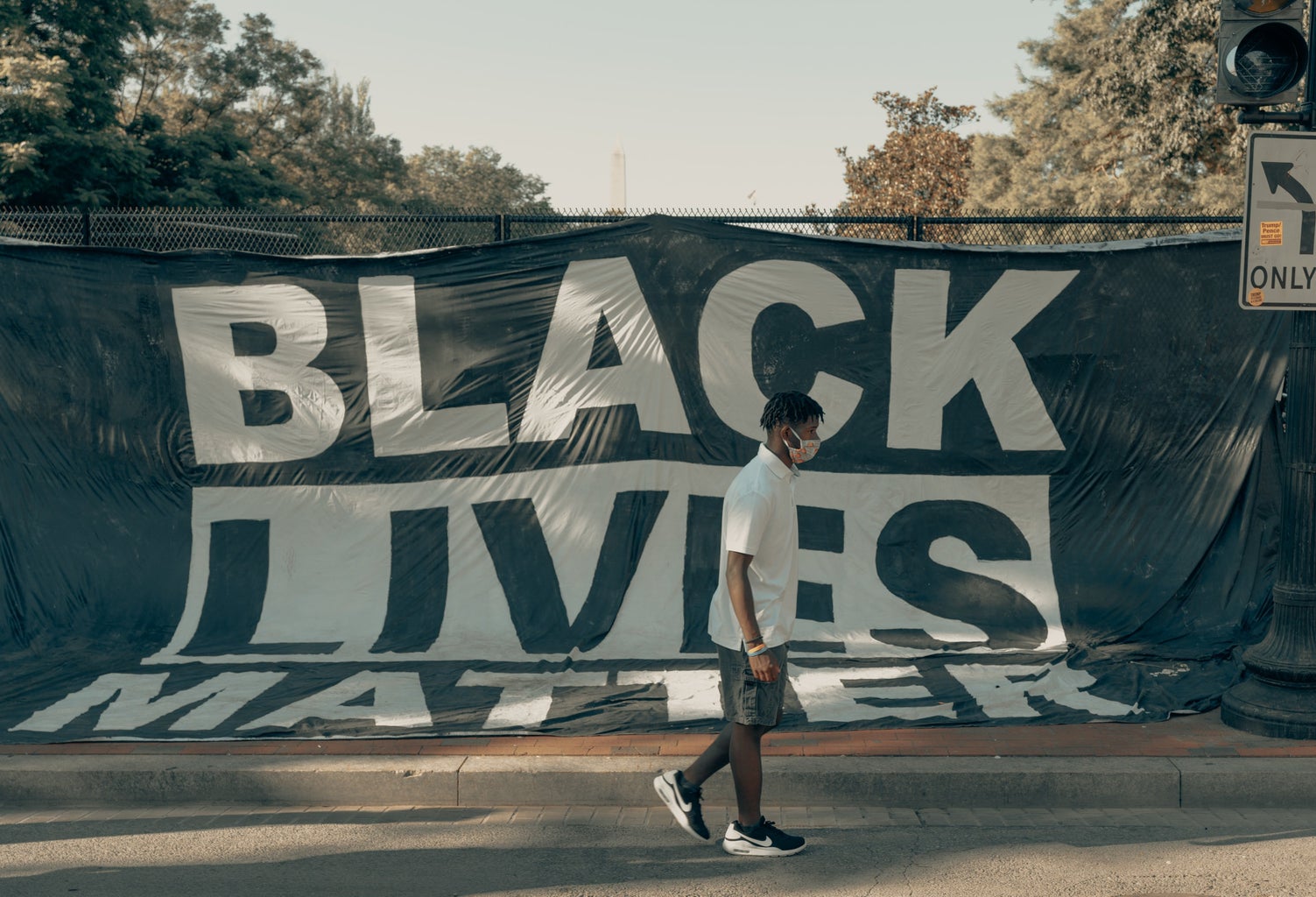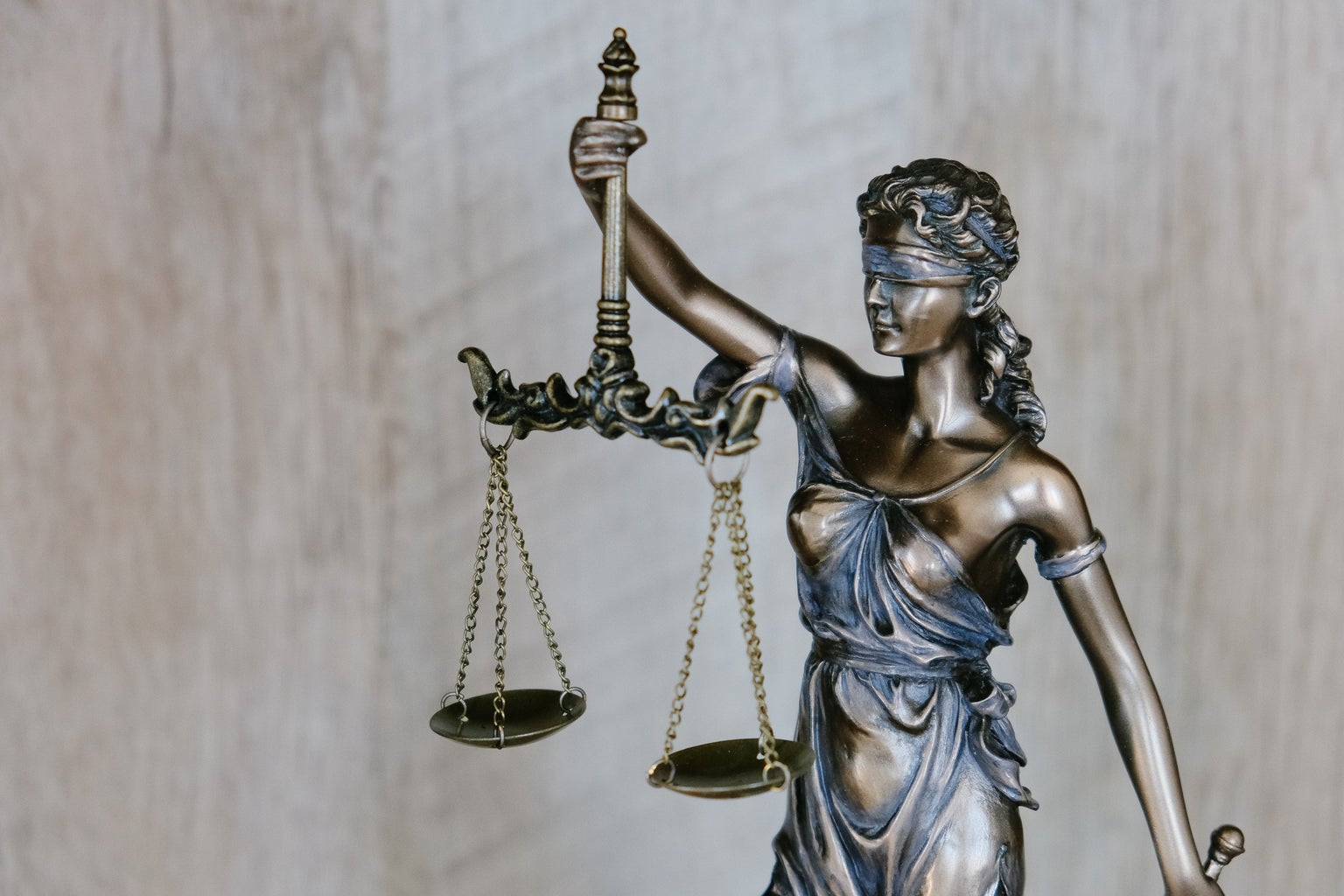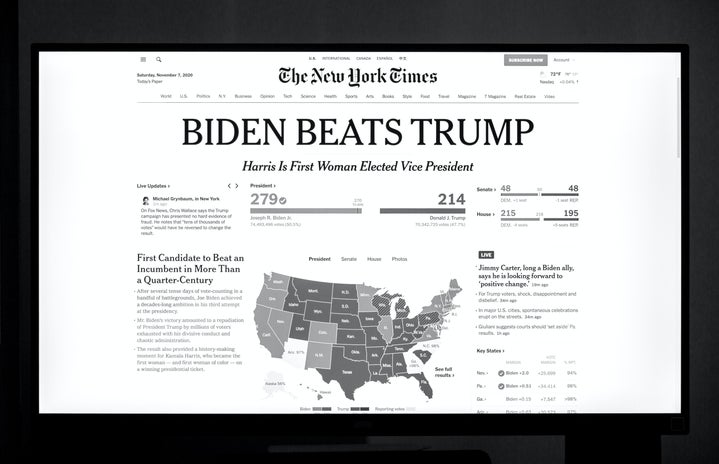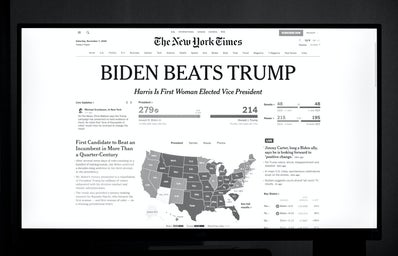The varying degrees of democratism and republicanism allow for an extreme range of complex interactions and dramatic stand-offs that regularly make the news and catch the interests of people globally, often leaving America at odds with itself and its next step forward. There is no doubt, the 2020 presidential election was a point of high fascination with two candidates vying for the attention of the American people and foreign countries.
While it often seems like democrats and republicans are at odds with one another, in the grand scheme of things, they are actually much closer to being on the same side than they think. When considering the full political spectrum, the tail ends are fascism and socialism or communism. At the center of it all is the moderate centrist, which has liberal (democratic) and conservative (republican) on either side. According to the big picture, republicans and democrats have the same goal: to avoid the extremes. On a much smaller scale, republicans and democrats can agree on hardly anything. It’s the method to their madness that prevents them from achieving a common goal of a better life for the American people. While “quality of life” can be improved through several different facets, two of the most deep-rooted causes of conflict today are the current global pandemic and American social issues.
Previously, both Biden’s and Trump’s campaigns were asked about their policies or stances on relevant issues by the Washington Post. One of the first questions asked had to do with COVID-19. This seemed to be the point at which Biden and Trump could agree the most. Both campaigns have publicized the goals of increased funding for testing, development of a vaccine, and reaching a point in which schools can be reopened. Essentially, it would become the local government’s decision when to reopen. While Trump and Biden do not agree on wearing masks or the World Health Organization (WHO), their main focus point is the same: moving forward. From there, things get a little more complicated.
Conflict came into play through the methodology of achieving these goals. While Trump believes areas that are not hotspots should reopen, he has also stated that districts that do not open will be withheld federal funding. Alternatively, Biden has chosen to encourage local districts to reopen on their own based on how safe each district determines it is, even calling on Congress to provide the funds to help these districts make it safer with protective equipment and such. The efficacy at which these goals could be achieved is unclear, particularly when considering the many other issues at hand and the transitions time necessary for the former administration to become the future one. However, the point is clear from democrats and republicans alike: America must move forward to grow.
2020’s Black Lives Matter protests over the death of George Floyd, Breonna Taylor, and many more, highlighted American social issues and what they’ve grown to mean in our modern world. They forced our president and president-elect to address the glaring issues within our justice system and formulate a real plan that will begin to address the demands of the American people. The first step in meeting these demands is reform within the American criminal justice system. Numerous previous presidential campaigns aimed to toughen up on criminal justice with little or no focus on improving the system and the negative consequences it can have on the citizens it incarcerates.

If you don’t know, cash bail is holding someone in detention before they’ve actually been convicted of a crime up until their trial, which can last weeks or months. Bail money essentially acts as a deposit that is meant to guarantee an individual’s return to trial in the future. While the underlying simplicity of the concept makes it seem logical, particularly when considering violent crime, it can actually be a very divisive action taken by the American judicial system. However, cash bail criminalizes poverty, preventing families of lower financial class from freeing their loved ones before their trial. Bail is determined by a judge in advance of trial and is based on the severity of the crime committed, the flight risk an individual poses, and their financial situation in order for it to be a realistic amount for an individual to pay. In some cases, the loss of a provider for even a few days allows for people to lose their job, home, and/or child. Studies have even shown that pretrial detention increases the likelihood of being arrested again after release.
Biden’s plan will essentially allow anyone convicted of a crime that is not denied bail to walk free, no matter the danger they may pose to society or whether their financial situation puts them in a place of being unable to afford the bail. In actuality, very few cases exist in which bail can be denied. It generally only applies to capital murder cases, meaning anyone else would go free.

You may be wondering why I’m talking about the opposing policies of opposing candidates even though the election is over and we have our president-elect. It’s because we are at the start of the transition of administrations. Trump’s policies have been around four years, while Biden is just getting started. Things will change slowly and clashes between democrats and republicans will continue to happen, slowing or altogether halting future progress, as they have in the past.
Understanding prevalent issues such as those and how they differ between the two leading parties of American democracy will be the key to keeping up with and understanding the changes that will soon sweep through our country. Former policymakers, such as Trump, will continue to be relevant and influential and our new and future policymakers will need to keep in mind everything they faced in their campaign and that they fight for every kind of American, even those they receive no support from.




